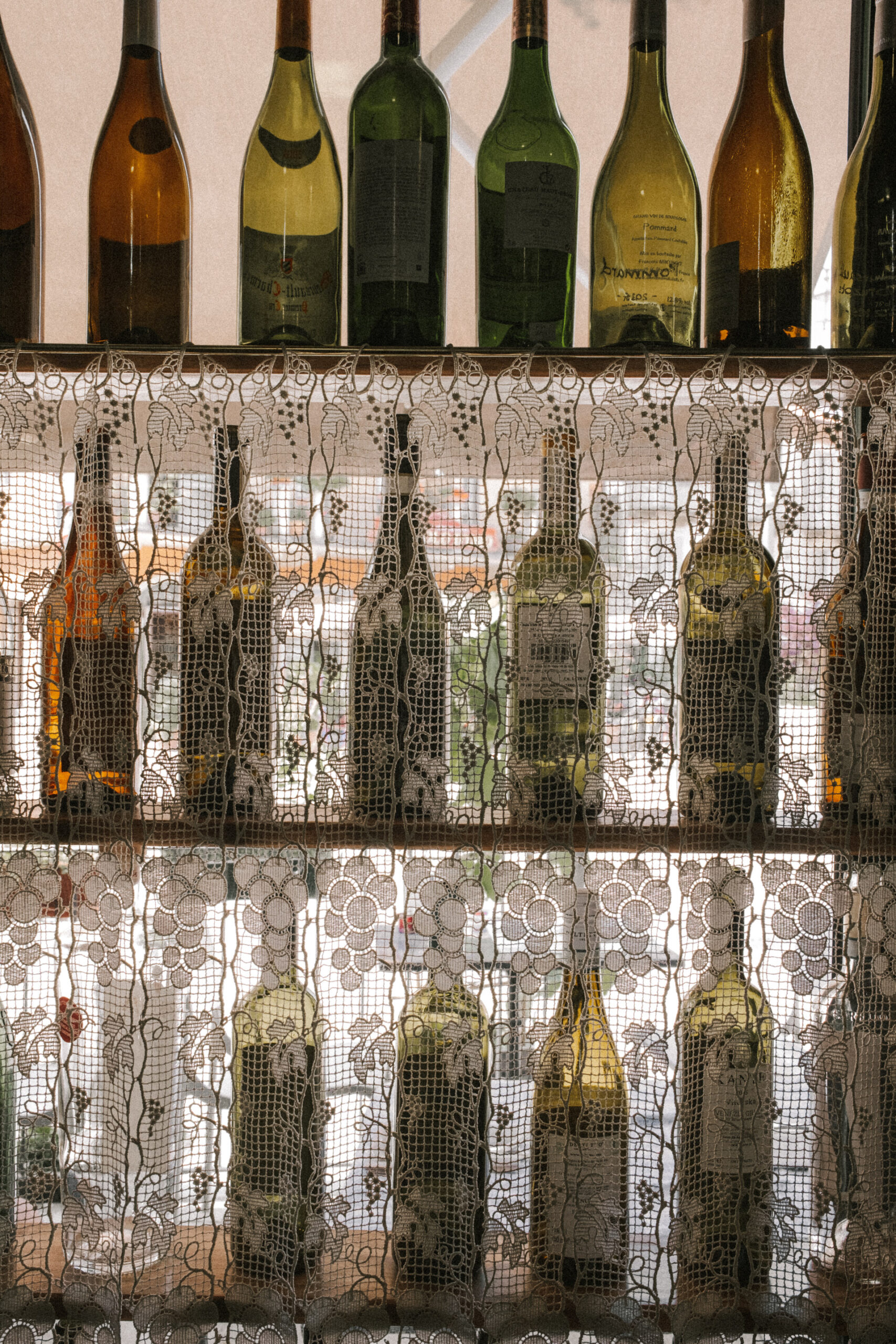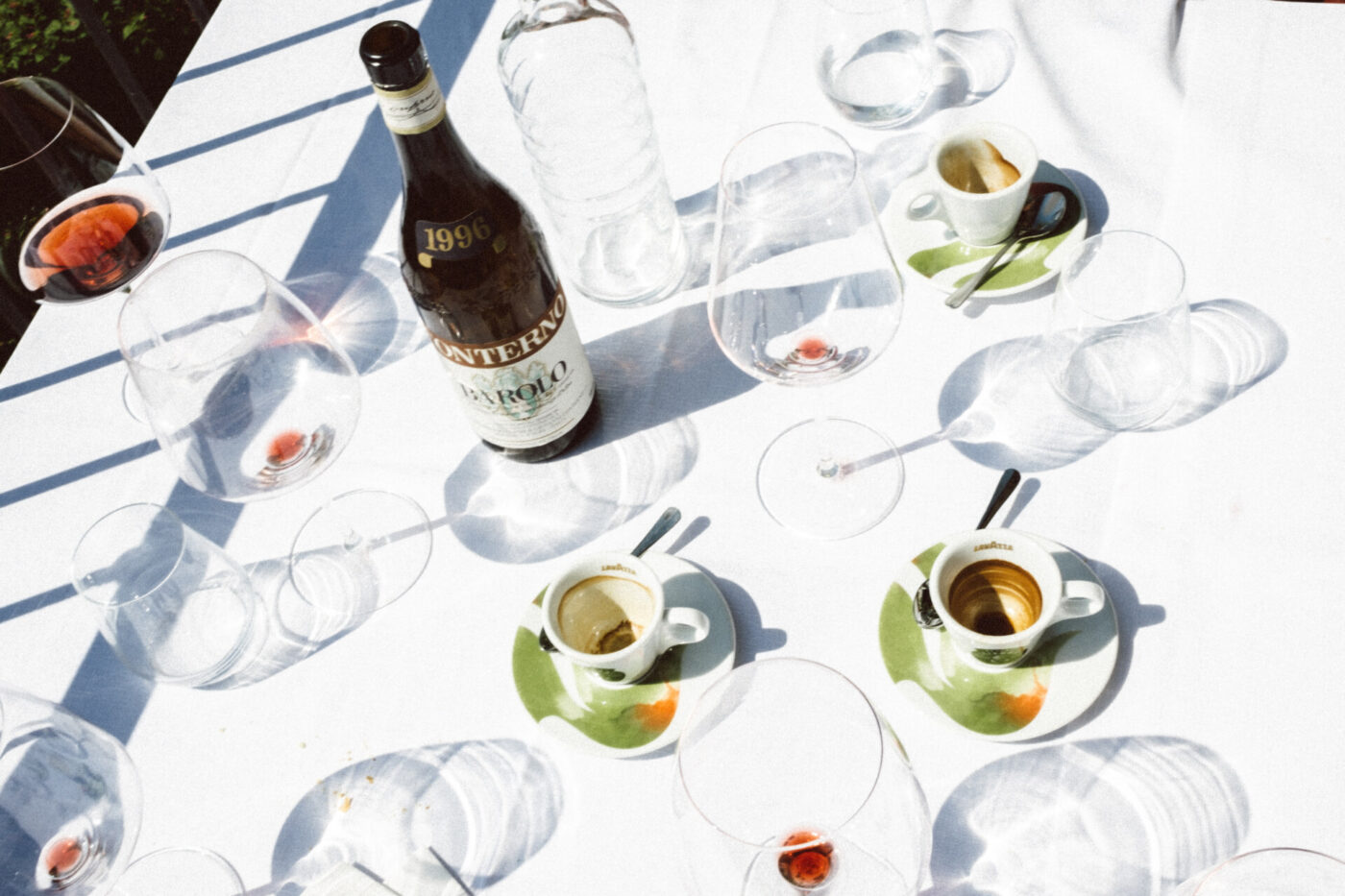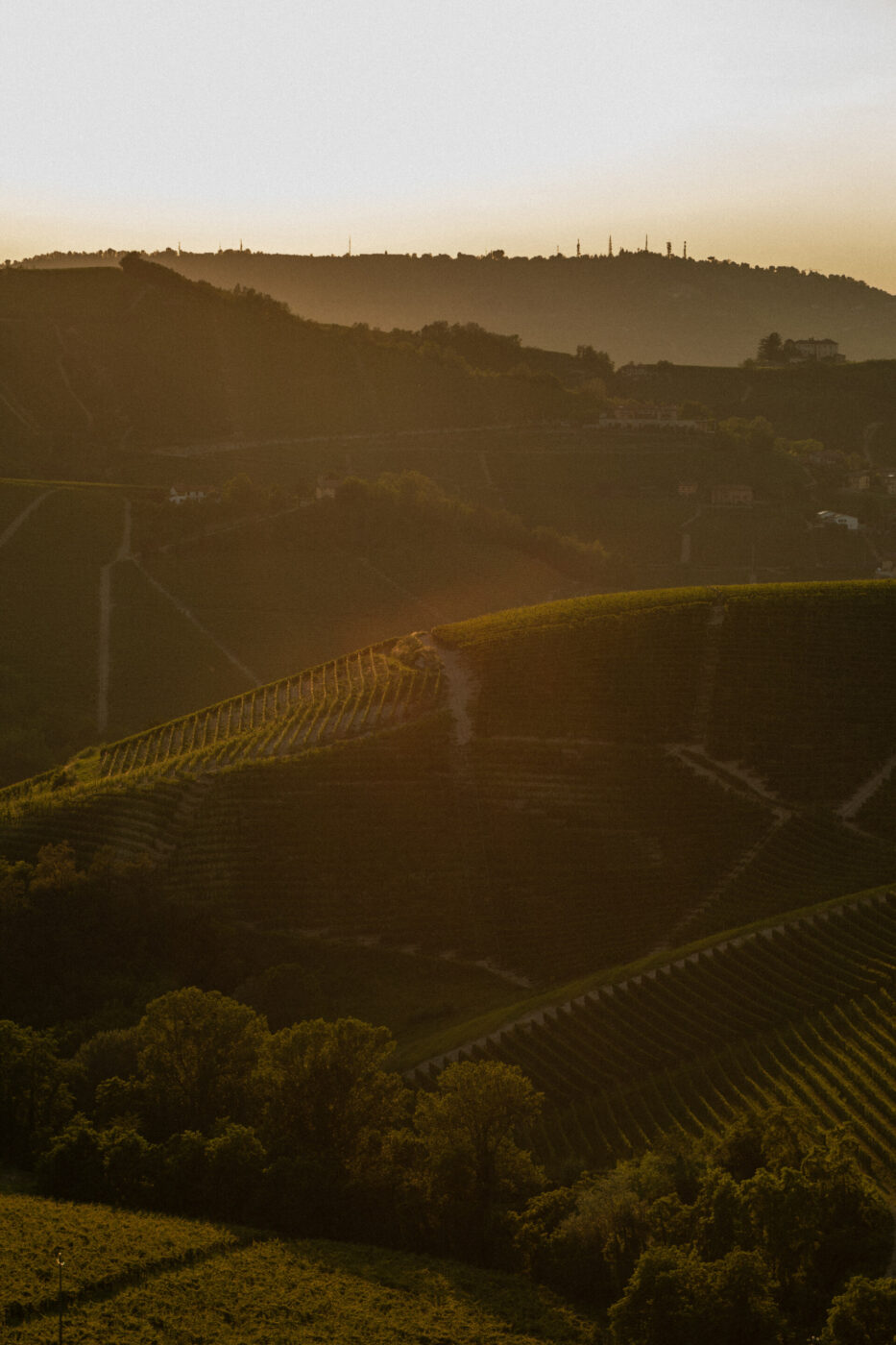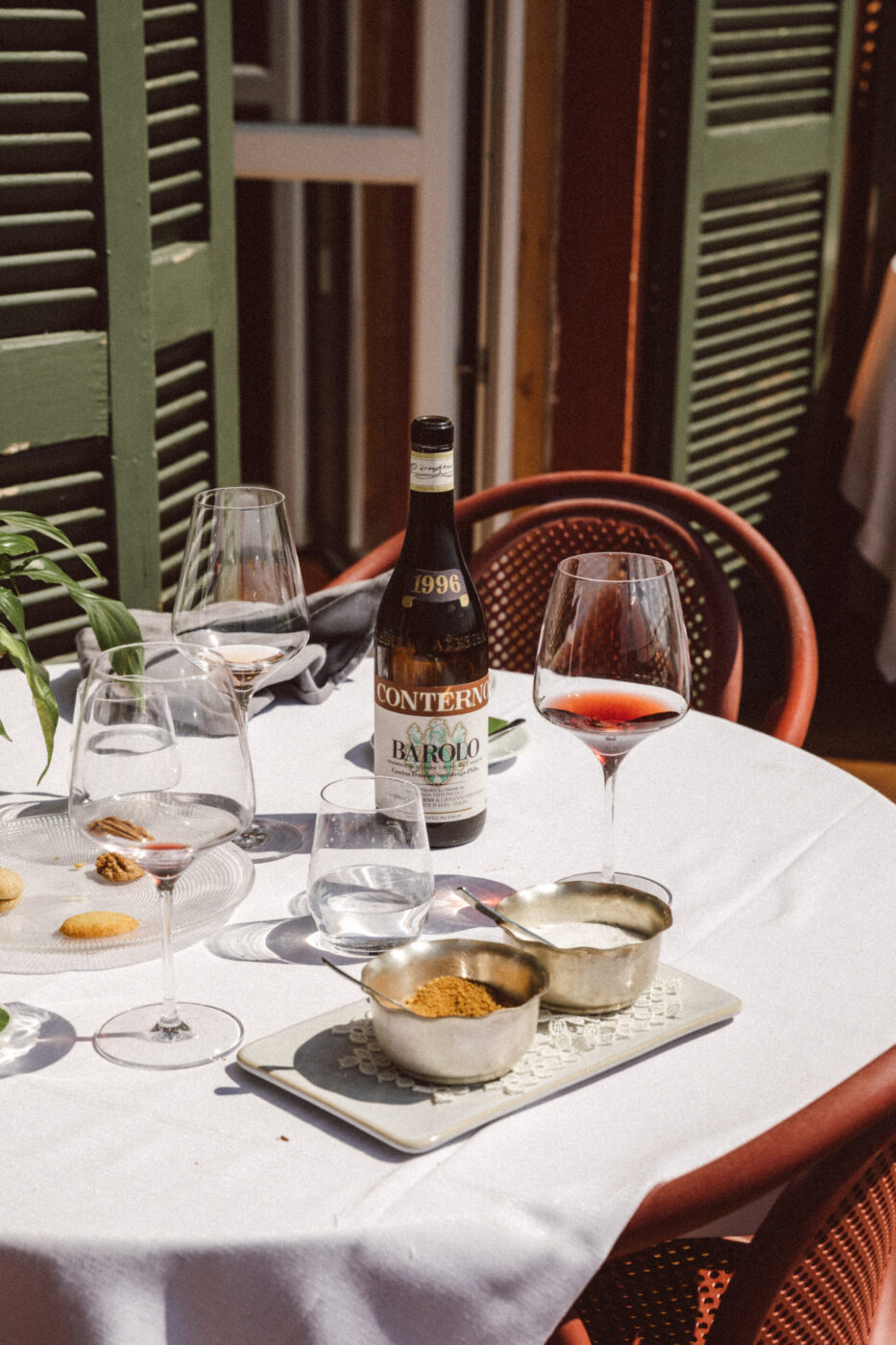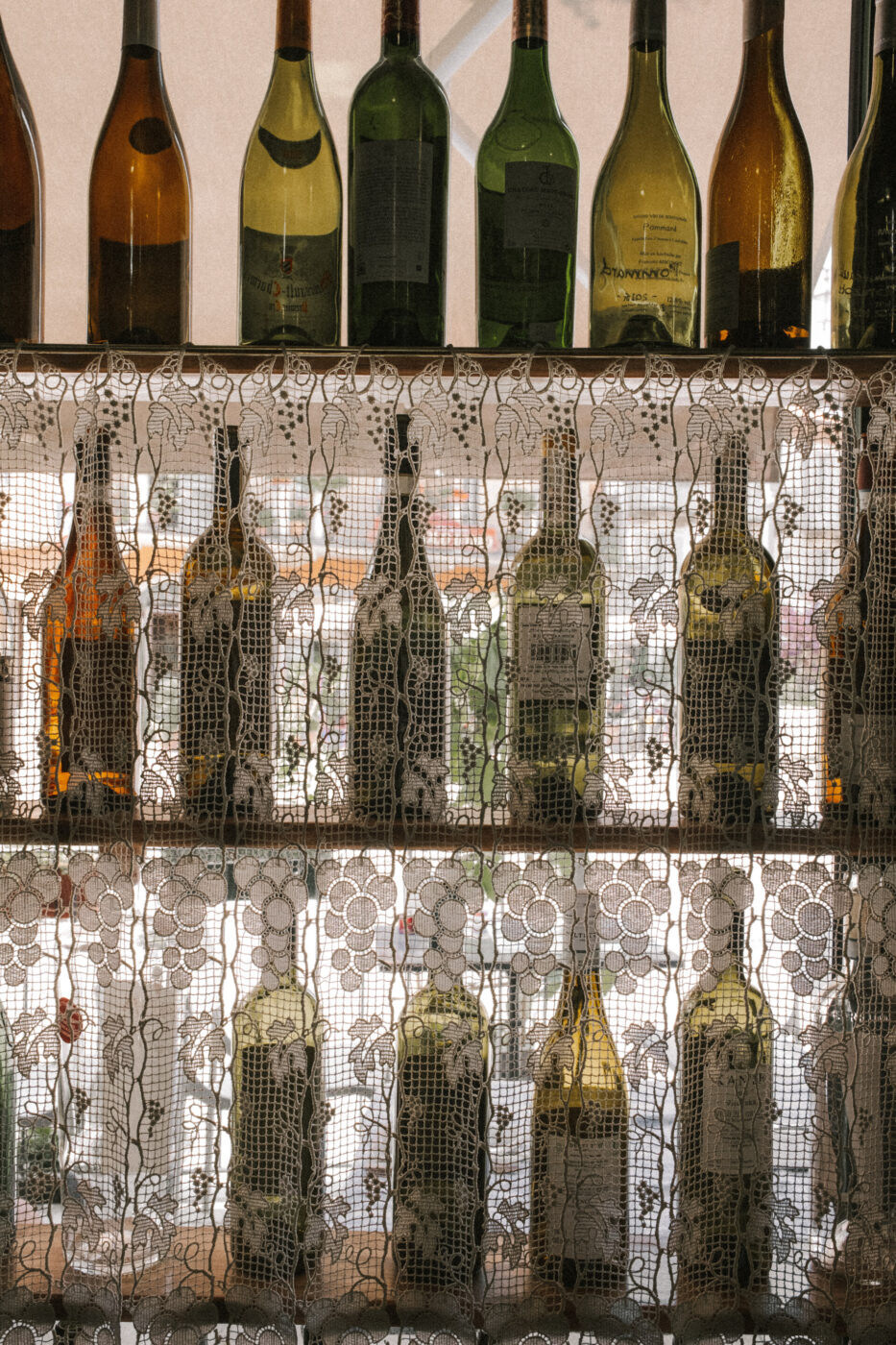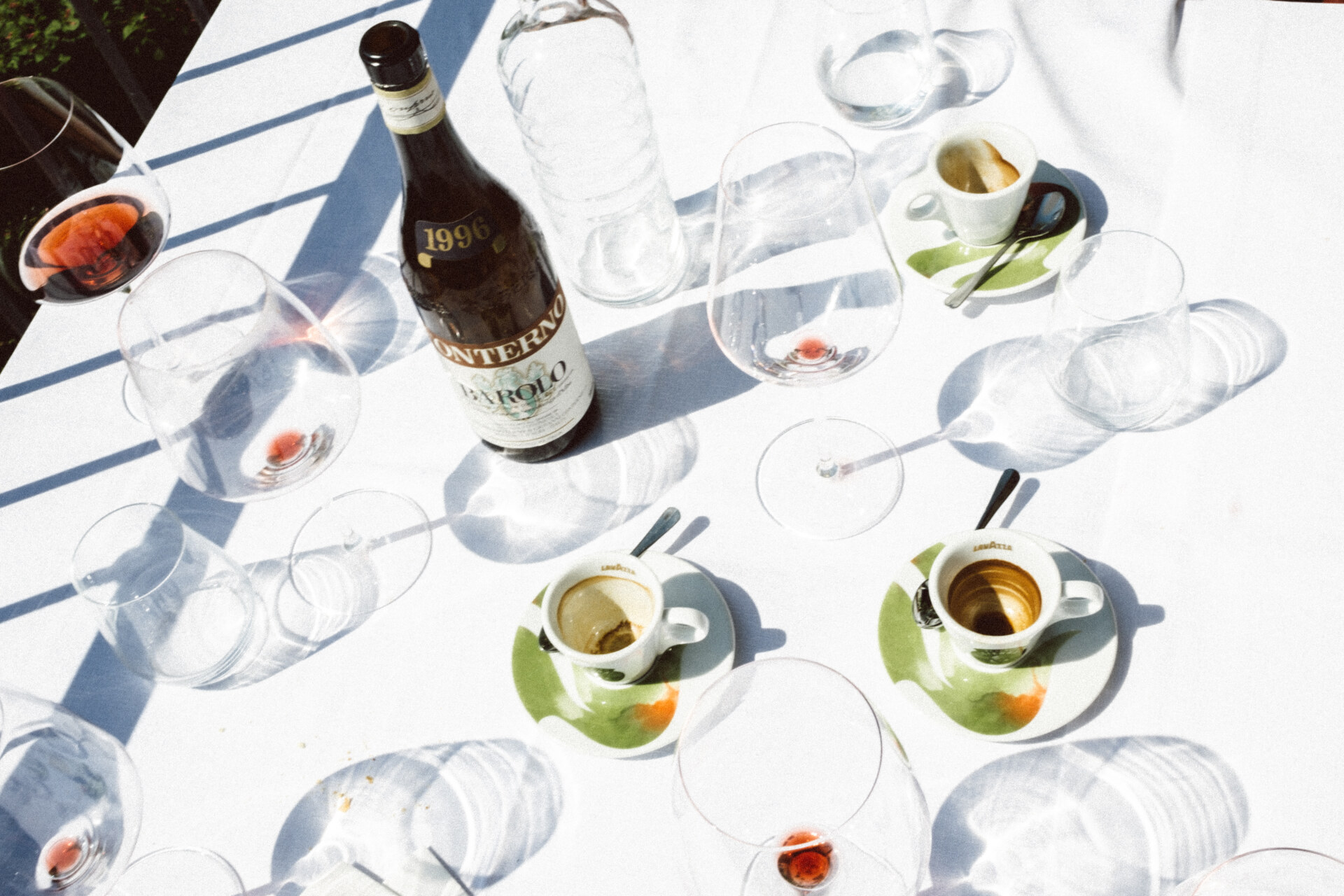
Piedmont is serious wine business. Of the 20 Italian regions, it ranks the sixth highest in production volume and boasts more DOCG designated wines than any other (19!). In fact there’s a growing consensus amongst wine geeks that we should give the endless gushing over Tuscany a rest, because this northern region–bordering France and Switzerland, situated between the Alps in the north and the Ligurian Apennines to the south–is truly where it’s at.
I may not be there right now, but I’m at Enoteca Ferrara in Trastevere, the neighborhood “across the Tiber” between Janiculum Hill and the Vatican. Incorporated into the city in 396 BC, for centuries this was the home of workers, artisans and minority religious communities. Today, tour guides will declare (often under compulsion) that this is the last bastion of authentic Roman nightlife–once upon a time that might have been true. Yet since the mid-20th century, Trastevere has undergone the time-honored transformation from working class neighborhood to bohemian hangout to yuppie enclave, with the prospect of devolving into full-blown tourist trap ever on the horizon. Still, a handful of respectably Roman institutions hold their own, including this enoteca.
I’m sitting here with my friend Vincent, €75 in tips from my afternoon catacombs tour strapped to my hip. I know a sommelier here; her mother lives in Piedmont, and she recently worked on the harvest of an organic Piedmontese vineyard. She considers Nebbiolo to be her spirit grape (don’t ask me how I know all this).
Our mission tonight is to sample what she considers a suitable introduction to Piedmont’s celebrated wine. She’s not working tonight, but a few hours ago, she sent me a text with the four grapes we’re about to become well-acquainted with:
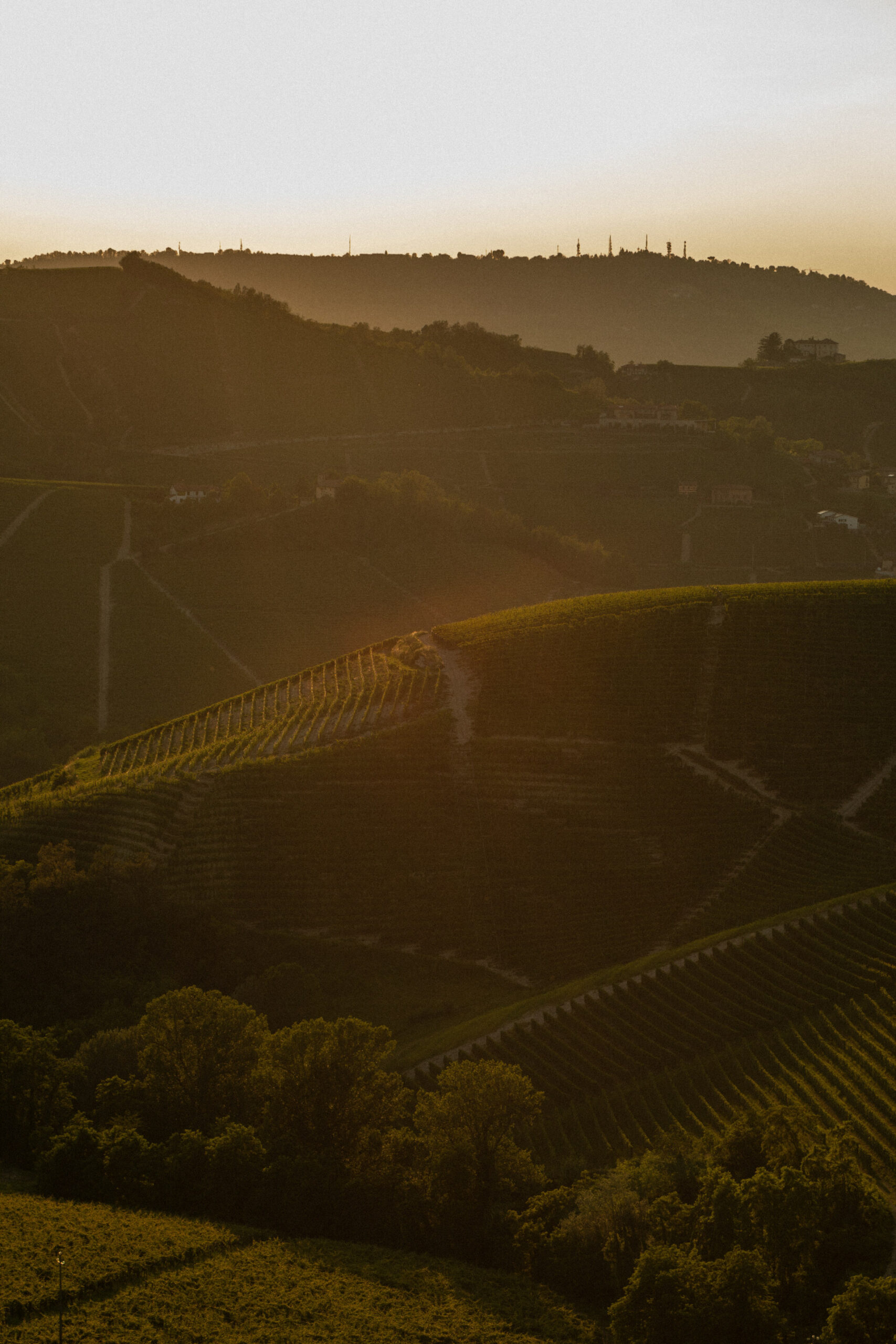
The famed vineyard-covered hills of Piedmont
Barbera
We settle on a 2017 Barbera d’Alba DOC, which comes with a glowing endorsement from our server Mariagrazia. This full-bodied, ruby-colored wine is 15% alcohol by volume (1.5% higher than the average), but so well-balanced that we barely notice. Fruit notes dominate, with raspberry coming immediately to my mind. Vincent is more receptive to the floral notes, and claims that the finish reminds him of the Cadbury Turkish bars he got growing up in France. Mariagrazia describes this as a “male” wine, and says she’d be most willing to pair it with pasta. I can see that, though I find myself wondering if we should order some arrosticini.
There’s a reason my friend has us start with Barbera. It’s the most populous grape of the region, and the go-to wine of the average Piemontese. It’s versatile, meant to be enjoyed young, pairs well with just about anything, and best of all, not too expensive.
Nebbiolo
While Barbera might be the most common grape in the region, Nebbiolo is regarded as the finest. It’s definitely contributed the most to the region’s esteemed reputation. This highly tannic grape produces wines with a tar-and-roses bouquet that are often considered a more cost-effective alternative to Burgundy, the two most famous of which are Barolo and Barbaresco.
The Barolo appellation consists of 11 villages just south of Alba. To ensure its quality, the vines must be planted on south-facing hills, and the wine requires three years of aging, bare minimum. Barbaresco, on the other hand, comprises just four villages, located northeast of Alba near the Tanaro River. Due to its proximity to the river and lower elevations, the Nebbiolo grapes grown for Barbaresco experience less of a tug-of-war between the chill of the Alps and the warmth of the Mediterranean, leading to earlier ripening. This, coupled with the limestone-based soils, makes Barbaresco less tannic and lighter-tasting.
It’s worth noting that both Barolo and Barbaresco were among the first four wines to be granted the DOCG designation when it was established in 1980 (along with the Brunello di Montalcino and the Vino Nobile di Montepulciano in Tuscany) to affirm the highest quality of Italian winemaking.
Anyway, here’s the rub: in terms of austerity, structure, and ageability, Barolo is king. But ask any producer or aficionado which one they prefer, nine times out of ten accessibility wins out, and they roll with the Barbaresco. You can even drink the grape in its most primitive state: just buy a bottle of Nebbiolo for a highly tannic, rich, cherry-hinted wine that’s lighter on the palette (and wallet) than its relatives.
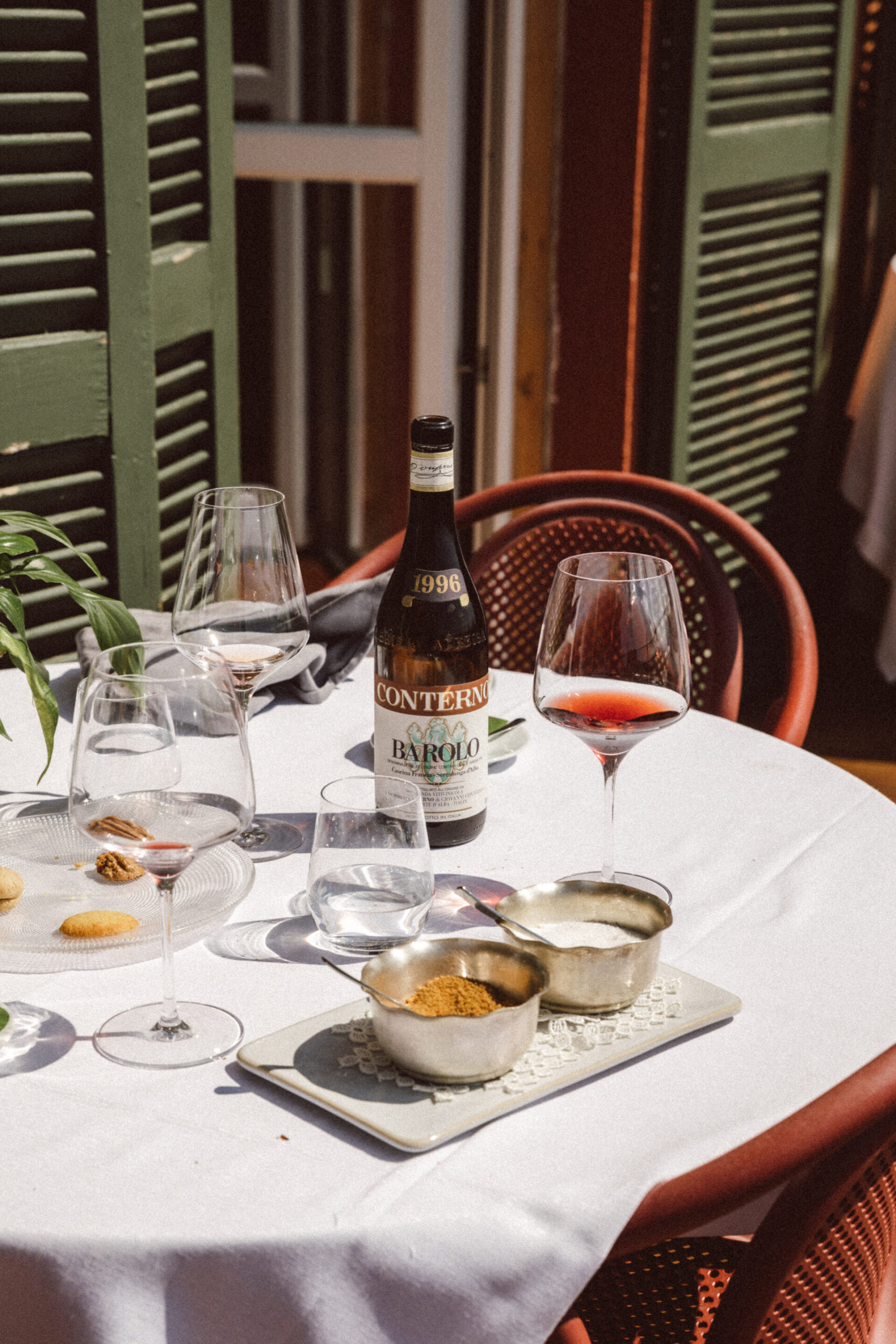
The aftermath of a meal at Felicin; Photography by Letizia Cigliutti
Dolcetto
It might mean “little sweet one,” but don’t let the name fool you. Dolcetto wines are usually dry reds with a bitter finish. Though overshadowed by the fame and prestige of their Nebbiolo-based neighbors, these soft, fruity low-acidic wines are still worth a taste. Two things Dolcetto producers have on their side are time and flexibility; Dolcetto grapes ripen early, can grow in a number of environments, and their wines are meant to be drunk young. A good bet is anything from the Dolcetto d’Alba DOC. Hailed as the best of their kind, these wines run the gamut from soft to structured, and boast a nose of cherry, almond, and floral notes.
Moscato Bianco
We can’t finish without at least one white. The Moscato grape is literally thousands of years old, and unlike some of the previously mentioned varieties, has been grown successfully outside of Italy. This has made Moscato one of the most broadly recognized sweet wines on earth. Still (and you can probably guess where I’m going here), the Moscato d’Asti from Piedmont is the gold standard. Much less bubbly than its cousin the Asti Spumante, it’s sweet and aromatic with notes of honeydew melon, ripe pear, and mandarin orange. What’s more, it’s only 5% alcohol.
One Last Note
It’s impossible to cover one of the most important wine regions of the world all at once. We didn’t get to the spicy, sparkling Freisa; the tannic, strawberry-flavored Grignolino; or the musky Malvasia di Schierano. Or any of the Cortese or Arneis-based whites. Anyway, this primer is enough to get you started. And remember, when in doubt, the sommelier is your friend.


